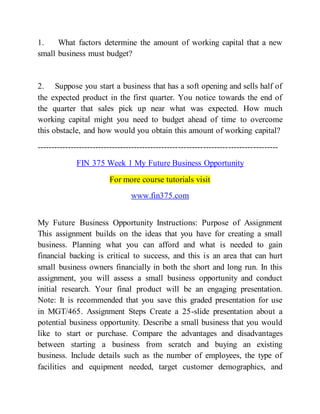
Go over all tables and hide any column whose name ends with Key: Let’s hide the key columns from view, so the Fields List shows fewer fields, and the data model is easier to use. Normally we don't want to use any key columns in our reports. The typical star schema contains several keys that hold the relationships between Facts and Dimensions. See Extra credit: Write a measure in DAX later in this tutorial. Hence, a sum of SalesAmount is calculated by Order Date, not Due Date or Ship Date. Power BI uses the active relationship by default to relate Sales and Date. The other two are inactive, shown by the dashed lines. You notice that the first relationship, on OrderDateKey, is active, shown by the continuous line. Let’s add two more relationships to the Date table by dragging: The Sales table contains more information about dates related to Sales orders, such as Due Date and Ship Date. The little arrow in the middle of the line indicates the "cross-filtering direction." It indicates that you can use values from the Date table to filter the Sales table, so the relationship allows you to analyze when a Sales order was placed. If each date had only one Sales order, the relationship would be "one-to-one". The relationship is "one-to-many" because we have one or more Sales orders for a given Date. You've created a so-called "one-to-many" relationship from Date to Sales, as indicated by the 1 and the asterisk * (many) at the two ends of the line. Drag the DateKey from the Date table to OrderDateKey on the Sales table. Let’s add some relationships to Date now. If you look closely, you notice that all Dimension tables are related to the Fact with a Relationship, except for the Date table. The Dimensions provide context so you can, among other things, analyze: The Fact table contains numerical information about sales transactions, such as Sales Amount and Product Standard Cost. The surrounding tables are called Dimension tables, which are related to the Fact table with relationships. This model is a typical star schema that you might see from data warehouses: It resembles a star. Your data model should look like the following image, with each table in a box. Let’s inspect the data model and make some changes. The data you loaded is almost ready for reporting. To make any changes to the detected data type, on the Home tab, select Data Type, then select the appropriate data type from the list.īack on the Home tab, select Close & Apply. On the Transform tab, select Detect Data Type. To let Power BI detect data types for you, select a query, then select one or more columns. Make sure not to select the sheets (labeled _data).Ĭheck that the data types of the columns match those in the following table. Select all tables, and choose Transform Data. In this tutorial, we're going to transform the data before loading. The Navigator provides a preview of your data so you can verify that you have the correct range of data. In the Navigator pane, you have the option to transform or load the data. Navigate to where you saved the sample workbook, and select Open.

In the Data section of the Home ribbon, select Excel.


#You need a budget 4 tutorial free#
#You need a budget 4 tutorial download#


 0 kommentar(er)
0 kommentar(er)
